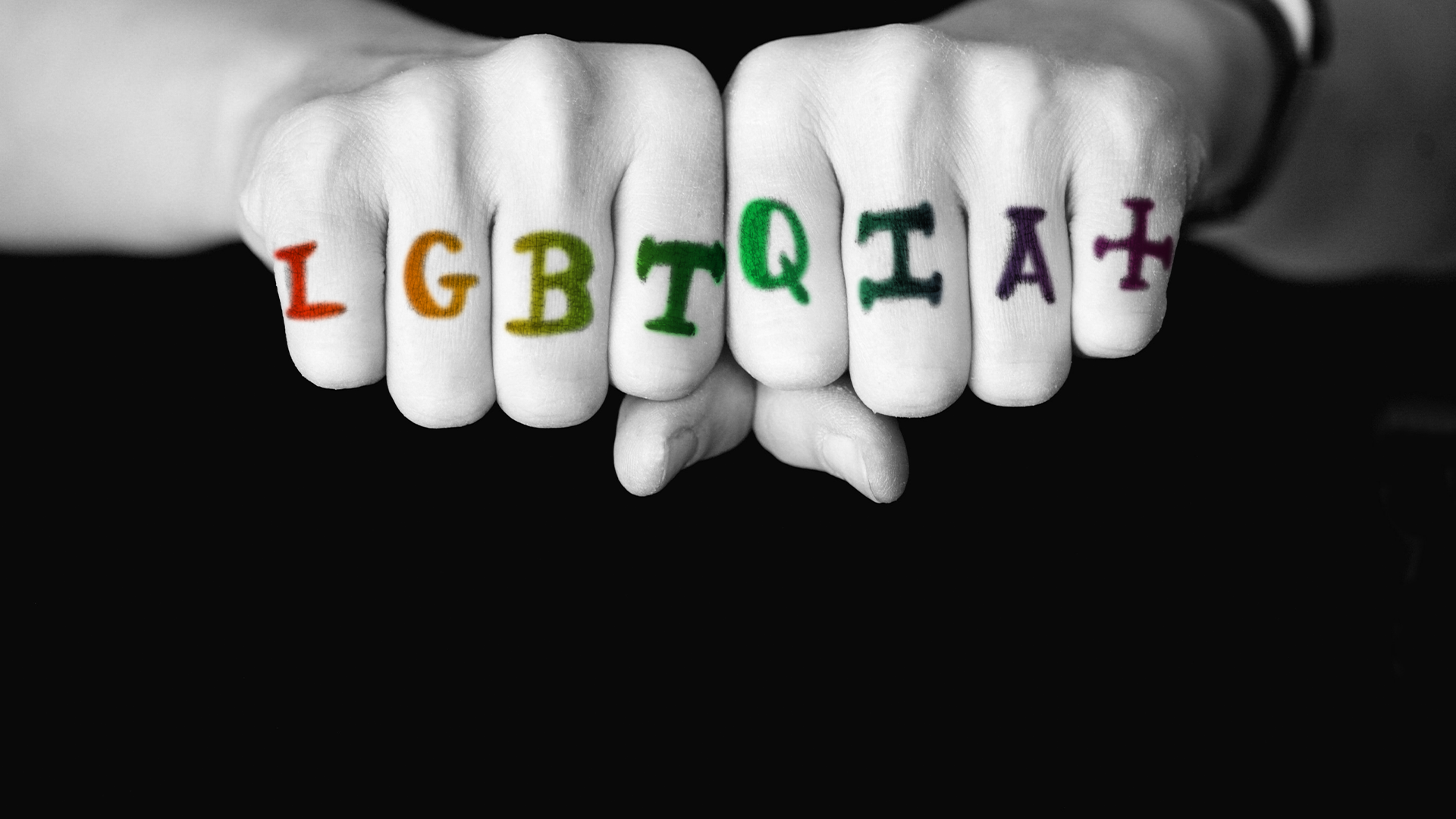What do LGBTQ+ people want to see in TV adverts? Read our blog to explore what the LGBTQ+ community are looking for in authentically diverse advertising.
What the LGBTQ+ community really want from TV adverts
This LGBTQ+ History Month, we revisited our 4Talk about the good, the bad and the ugly of LGBTQ+ representation in advertising. Read our blog to hear our panel’s thoughts about diverse advertising and how advertisers can still do better.
Stereotypes don’t make for good representation. They’re overused, old-fashioned and can be offensive, and the LGBTQ+ community are tired of seeing them over and over again in TV adverts.
As part of our 4Talks series, we asked a panel of LGBTQ+ people about stereotypes they see on screen and what they’d love to see more of in TV adverts.
Here’s what advertisers and agencies need to know about getting LGBTQ+ representation right, all taken from our 4Talk "The good, the bad and the overused stereotypes of LGBTQ+ representation in modern day advertising" which you can watch on demand.
Bin the stereotypes!
No experience of being an LGBTQ+ person is the same, and our LGBTQ+ panel could think of lots of offensive stereotypes they wanted to see less of in TV advertising. These included:
-
All gay men are effeminate
-
Bisexual people can’t make up their minds
-
Trans people being depicted as deceptive
-
Non-binary people are just confused
Jason Armstrong, Talent Director at Jones Knowles Richie, said that to do better, advertisers should break down societal stereotypes.
For example, advertisers could avoid stereotypes like “the oversexed gay guy, the butch lesbian, the bitchy queen” and cast less “handsome, younger cis white men”. By moving away from these stereotypes, advertisers can showcase more of the complexity and diversity of the LGBTQ+ community.
Our panel also highlighted the importance of remembering that there’s no one way of being part of the LGBTQ+ community. Ugla Stefani, a trans activist and writer, pointed out that LGBTQ+ people are “as diverse as any other community” and that trans people, for example, “do all the same things that everybody else does”.
So, what do LGBTQ+ people want to see more of in your TV adverts?
Remember LGBTQ+ people are just people
Are all stereotypes bad? Rich Miles, Founder of The Diversity Standards Collective, explained that “the problem sometimes with stereotypes is that they do place you in a pigeonhole of a type.” This contributes to superficial understandings of LGBTQ+ people and can make what’s meant to be diverse advertising feel inauthentic.
For Asha Harkness, a diversity consultant and marketer who’s bisexual, people are just people: “you don’t have to focus on the sexuality aspect.” Although it might sound difficult to get that idea across in an ad, Asha argues “that’s what you have creatives for”.
She recommended that brands talk to the LGBTQ+ community to ensure that adverts avoid hypersexualisation, stigmatisation and don’t contribute to homophobic or transphobic attitudes.
Speaking as a Black, gay man, Jason Armstrong also pointed out how difficult it can be to find authentic, intersectional representation. Portrayals of Black, gay men he’d found often depicted high-energy, overly camp characters and lacked a middle ground.
Which adverts are doing it well? Jason praised Argos’ advert, which featured a Black family with gay parents, along with Smirnoff’s voguing campaign, which gives real insight into LGBTQ+ culture. As someone who isn’t trans, he also enjoyed Starbucks’ #WhatsYourName ad for giving him a “sense of what [transitioning] could be like.”
Could TV advertising uplift the LGBTQ+ community?
Rather than just avoiding offensive stereotypes, could TV advertising create positive change for the LGBTQ+ community?
Ben Pechey, a non-binary writer and author, pointed out that how adverts portray the LGBQT+ community can influence conversations for years to come. They used the example of an advert that relied solely on cis, white, thin people: “that’s not what modern representation of gender diverse people is.”
However, Ben thinks that advertising could create change. Right now, there are “massive career opportunities for people to talk about trauma,” but advertising could change this dynamic into something more empowering for LGBTQ+ people.
What can brands do to improve LGBTQ+ representation? Ben says: “Think of [LGBTQ+ people] less as an issue to be platformed and more about people to represent.” Steps towards this could include authentic portrayals of LGBTQ+ people and culture in TV advertising, as well as casting non-binary and other LGBTQ+ people in TV campaigns, so that “people [can] see themselves in adverts.”
Have we got you thinking about where LGBTQ+ representation in TV advertising is heading? Watch the full talk here to learn more the importance of diverse advertising and hear our panel answer some common questions about the LGBTQ+ community.
For more information about diversity in advertising, you can also dive into our Mirror on the Industry reports to get a fuller picture of how inclusive TV adverts are today.
